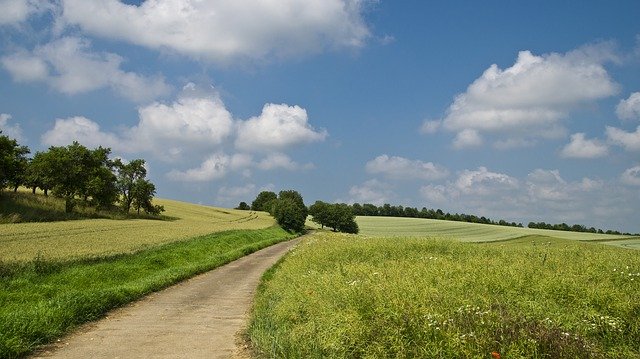Land
Land is : 'The terrestrial portion of the biosphere that comprises the natural resources (soil, near-surface air,
vegetation and other biota, and water), the ecological processes, topography, and human settlements and infrastructure that operate within that system.' (UNCCD, 1994; FAO, 2007).
In English law, the term 'land’ includes not only the ground, but also:
- Any buildings, parts of buildings, or similar structures.
- Anything permanently attached to the ground.
- Rights under the land.
- Rights above the land to such a height as is necessary for the ordinary use and enjoyment of the land and the structures upon it.
- Easements relating to the land (such as rights of way).
Land is defined by the Law of Property Act 1925 as including '...land of any tenure, and mines and minerals...buildings or parts of buildings...and other corporeal hereditaments; also...a rent, and other incorporeal hereditaments, and an easement right, privilege, or benefit in, over, or derived from land.'
'Corporeal hereditaments' is an archaic term for the land and fixtures, whilst incorporeal hereditaments refers to the invisible interests in land such as mortgages and easements.
All land in England and Wales must be registered on the land register which is maintained by the Land Registry. When land or property is entered in the register, the Land Registry will then record details such as changes of ownership, mortgages or leases that affect it and so on. For more information, see Land register.
The process of buying a piece of land is known as land acquisition, and the amount of money that a piece of land, along with the property contained on it, is priced at is known as the land value. The process of transferring the ownership of land and property from one party to another is known as conveyancing.
According to HMRC, a chattel (an asset which is tangible and moveable) may become a fixture if it is fixed to a building or land. This is an important distinction with regard to rightful ownership of items when land is sold.
Stamp duty land tax is payable on the purchase or transfer of property or land in the UK which has a value above a certain threshold. For more information see: Stamp duty land tax.
The owner of land is considered to own the rights to airspace limited to a height that is necessary for ordinary use and enjoyment of the land, as well as the layers beneath it, unless these rights are relinquished (e.g. sold for the purposes of mining). Any wild animals and fish that are found on the land within the boundaries are also considered to be owned by the landowner.
Land is often defined as being either greenfield land (i.e. not constrained by existing buildings or infrastructure) or brownfield land (i.e. that which is or was occupied by a permanent structure).
NB International Land Measurement Standard: Due Diligence for Land and Real Property Surveying, 1st edition, published by the International Land Measurement Standard Coalition in May 2019, defines land as: ‘A defined spatial area of the planet that can be uniquely identified in two or three dimensions by Boundaries. Land includes all-natural features and buildings, improvements and structures of aesthetic value in, on, under, or over the land.’
See also: Types of land.
[edit] Related articles on Designing Buildings
- Area.
- Brownfield land.
- Building.
- Contaminated land.
- Conveyancing.
- Glossary of property law terms.
- Green belt.
- Greenfield land.
- Land acquisition.
- Land law.
- Land registry.
- Land use.
- Land value.
- Level.
- Location.
- Metropolitan open land (MOL).
- Place.
- Planning permission.
- Premises.
- Property.
- Real estate.
- Rights over land.
- Right to access land.
- Space.
- Stamp duty.
- Types of land.
- Types of place.
- Urban.
- Use class.
- What is an estate?
Surrey Hills Directory
[edit] Planning
Building Design in the Surrey Hills
[edit] Highways
Conserving and Enhancing Country Lanes in the Surrey Hills AONB
[edit] Biodiversity & Landscape
Landscapes Review: National Parks & AONBs 2019
Light Pollution - Threat to Migrating Birds
Making Local Nature Recovery Strategies deliver
[edit] Health & Wellbeing
Nature and Wellbeing: The Evidence
How nature can be used to improve wellbeing








Comments
[edit] To make a comment about this article, or to suggest changes, click 'Add a comment' above. Separate your comments from any existing comments by inserting a horizontal line.